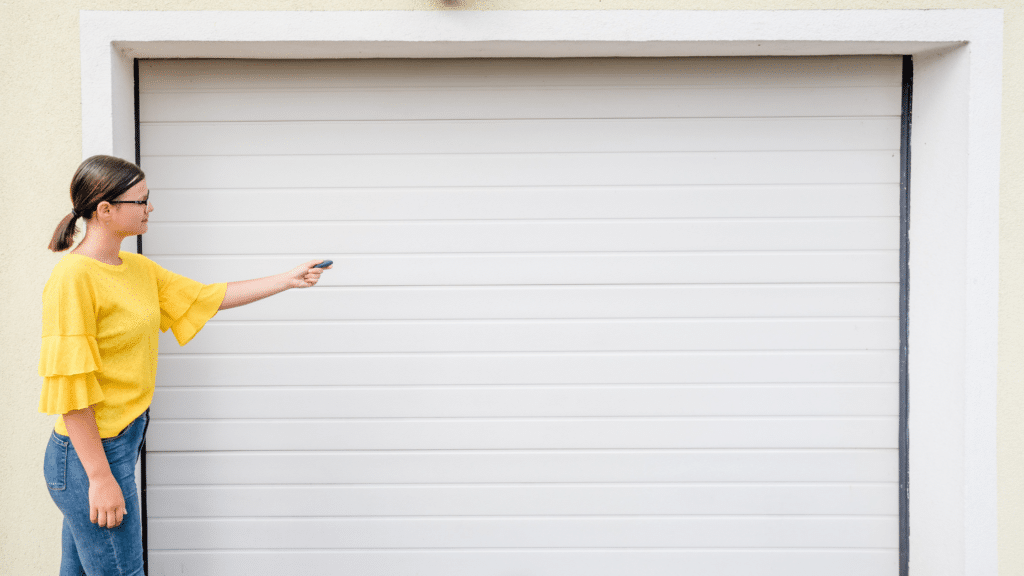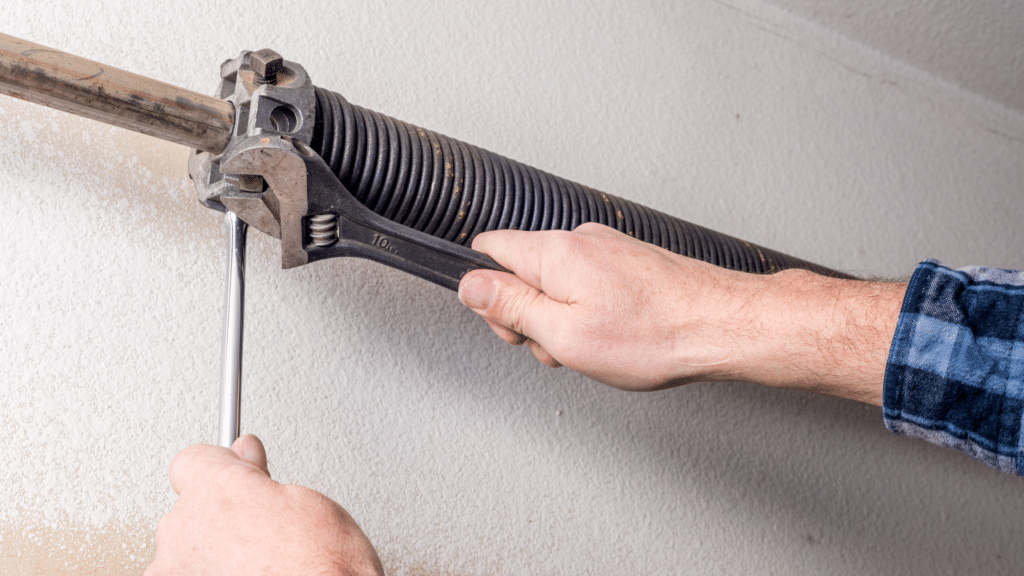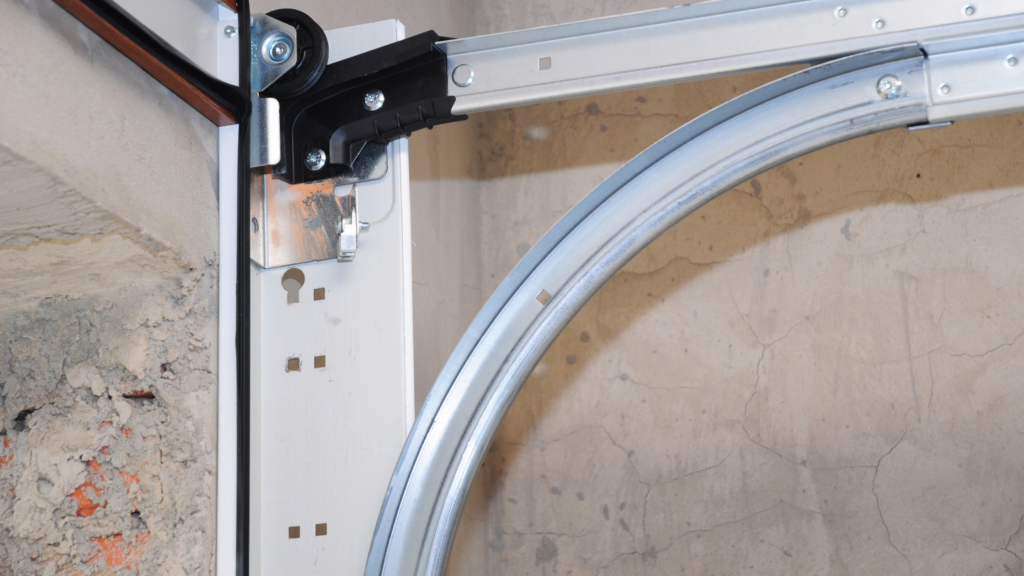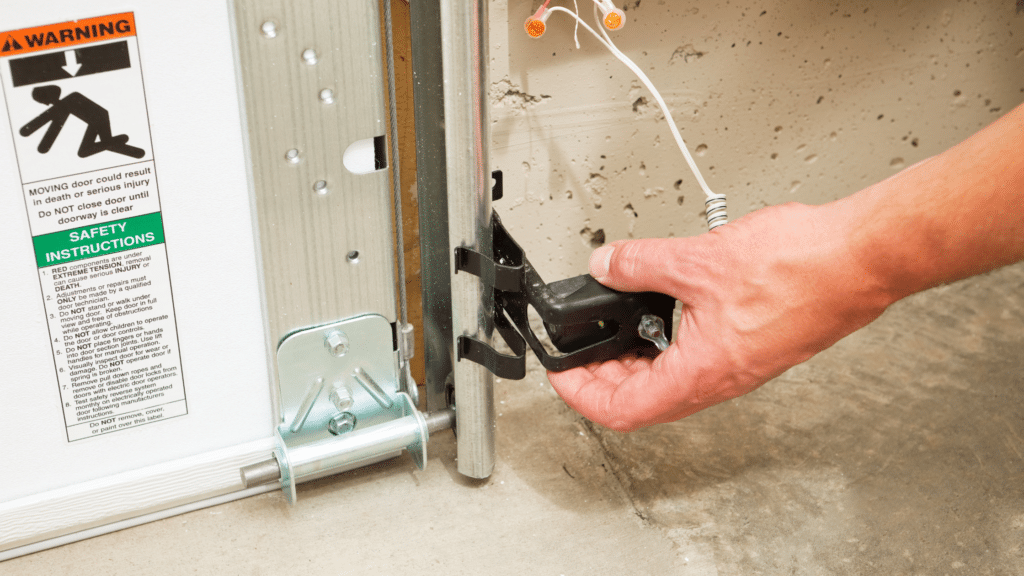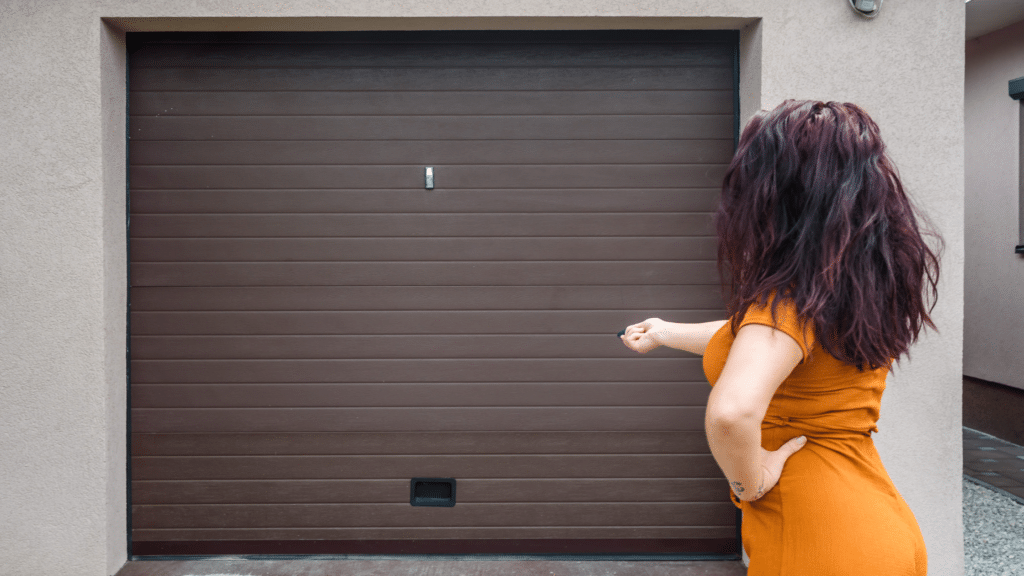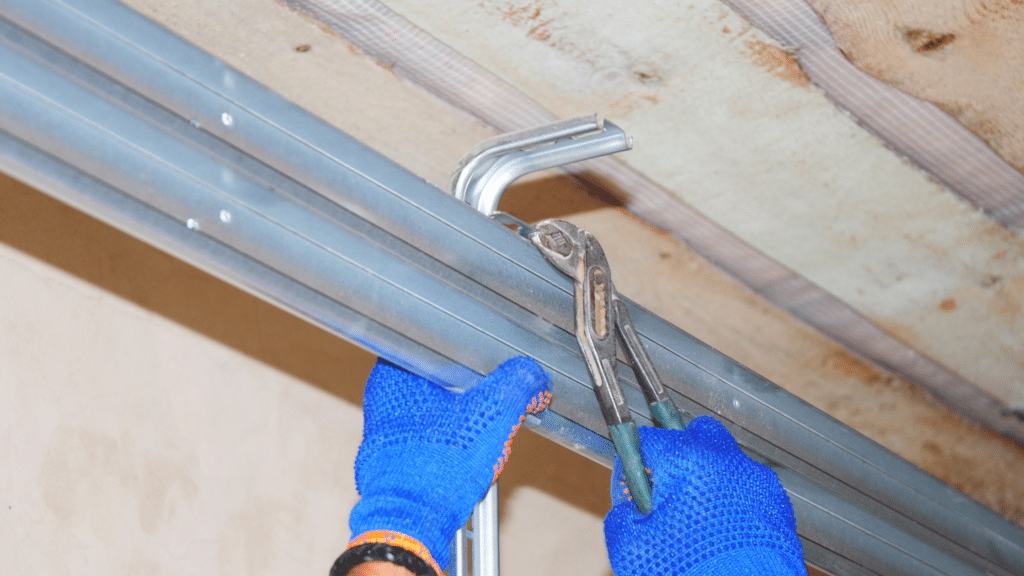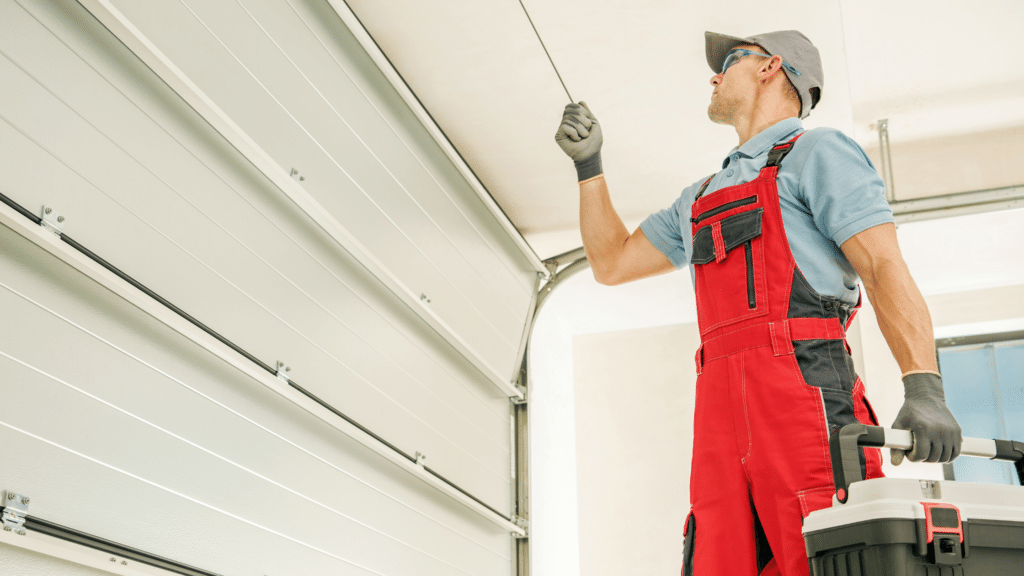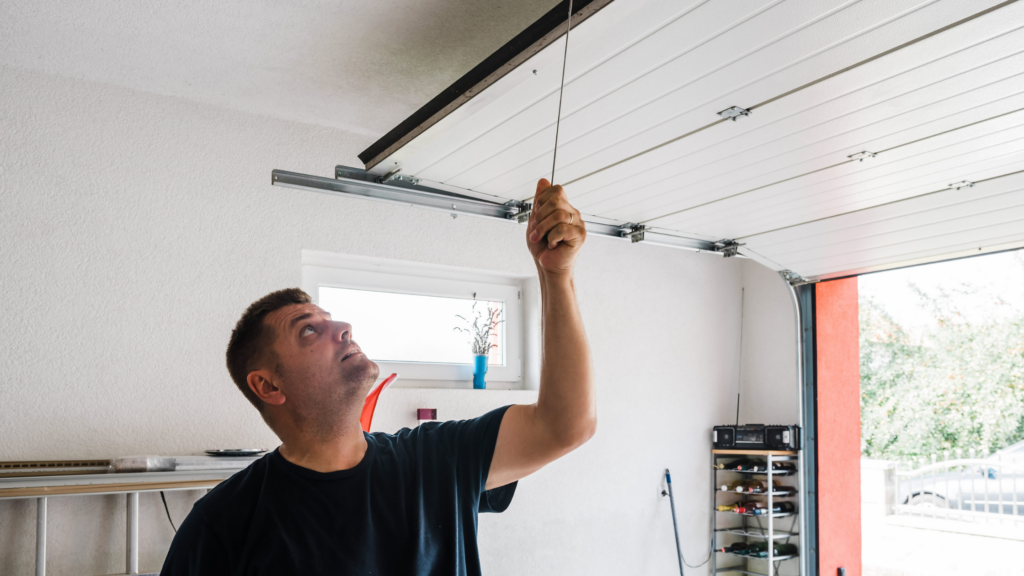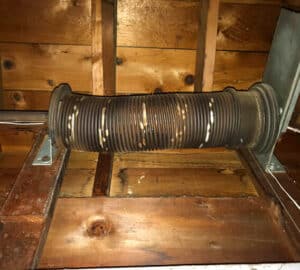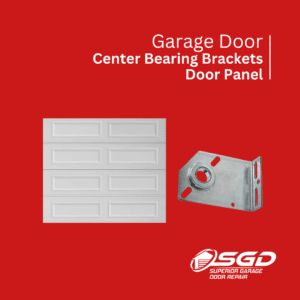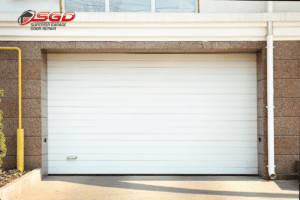Your garage door – a silent hero that safeguards your vehicles and belongings. But what happens when this unsung hero starts acting up? It’s time to roll up your sleeves and troubleshoot those common garage door problems. Let’s dive into the nitty-gritty of identifying, understanding, and fixing issues, ensuring your garage door operates seamlessly.
Identifying the Problem
Your garage door communicates its distress through various signs. Strange noises, slow operation, or uneven movement are cries for help. Timely identification is key to preventing minor issues from turning into major headaches.
Common Garage Door Problems
Broken Springs
– Springs bear the brunt of the garage door’s weight. Spotting a broken spring is crucial, and we’ll guide you through safe DIY solutions and replacement procedures.
Misaligned Tracks
– Misaligned tracks can disrupt the smooth movement of your garage door. Learn how to identify and realign tracks, with a clear understanding of when to call in the professionals.
Malfunctioning Sensors
– Garage door sensors are the gatekeepers of safety. Discover how to troubleshoot sensor issues, ensuring they remain vigilant in detecting obstacles.
Issues with the Remote Control
– A malfunctioning remote can be frustrating. We’ll explore common problems, guide you through reprogramming, and provide tips on keeping your remote in top shape.
Troubleshooting Broken Springs
Spotting a broken spring isn’t rocket science. If your garage door feels heavier than usual, or you notice a visible gap in the spring, it’s time to take action.
Safety First
– Before touching anything, ensure your safety by disconnecting the power to the garage door opener and wearing protective gear.
Locate the Broken Spring
– Identify the broken spring. It’s usually situated above the garage door. Exercise caution as you inspect.
DIY Fix or Replace
If you’re confident in your DIY skills, you can attempt to fix the spring. However, replacing it might be a safer and more reliable option.
Remember, if you’re uncomfortable with the process or unsure, it’s best to consult a professional.
Fixing Misaligned Tracks
Misaligned tracks can cause the garage door to jerk or get stuck. Here’s how you can address this issue.
Visual Inspection
– Examine the tracks for any visible misalignment or obstructions. Tighten loose bolts or screws.
Use a Mallet
– Gently tap misaligned tracks back into position using a rubber mallet. Ensure the tracks are parallel.
Professional Assistance
– If the problem persists, or if you’re unsure, it’s wise to call in a professional to realign the tracks accurately.
Addressing Malfunctioning Sensors
Garage door sensors play a crucial role in preventing accidents. Here’s how to troubleshoot sensor issues.
Clean and Realign
– Dust and dirt can interfere with sensor functionality. Clean the sensors and ensure they are properly aligned.
Check Wiring
– Examine the sensor wiring for any damage. Replace damaged wires and secure connections.
Replacement
– If sensors remain unresponsive, it might be time to replace them. New sensors enhance safety and reliability.
Resolving Remote Control Issues
Remote control acting up? Let’s get it back on track.
Check Batteries
– Often overlooked, weak batteries can cause remote control issues. Replace them and test the remote.
Reprogramming
– Follow the manufacturer’s instructions to reprogram the remote. This process varies, so consult your user manual.
Professional Help
– If the remote remains unresponsive, professional assistance might be needed for a thorough diagnosis.
Importance of Regular Maintenance
Prevention is better than cure. Regular maintenance keeps your garage door in top shape.
Lubrication
– Keep moving parts well-lubricated to prevent friction and wear.
Tighten Loose Parts
– Regularly tighten bolts and screws to maintain structural integrity.
Test Safety Features
– Periodically test safety features, including auto-reverse mechanisms and sensors.
Professional Help When Needed
Knowing when to seek professional assistance is crucial for effective garage door troubleshooting.
Strange Noises
– Unusual sounds may indicate underlying issues. Professional inspection can identify and address the problem.
Persistent Problems
– If troubleshooting doesn’t resolve the issue, it’s time to call in the experts.
DIY Safety Tips
While DIY troubleshooting is commendable, safety remains a priority.
Know Your Limits
– If an aspect of the repair seems beyond your expertise, it’s okay to seek professional help from a Professional Garage Door Repair Company.
Use Protective Gear
– Safety goggles and gloves are your allies. Protect yourself from potential injuries.
Garage Door Upgrades
Consider modernizing your garage door for enhanced convenience and security.
Smart Technology
– Explore smart garage door openers for remote control and monitoring through your smartphone.
Enhanced Security Features
– Upgrade to advanced security features, such as fingerprint recognition or keypad entry.
Common Myths about Garage Door Repairs
Let’s debunk some common misconceptions about garage door repairs.
All Noises Are Normal
– False. Unusual sounds can indicate underlying issues. Don’t ignore them.
DIY Fixes Always Work
– While many issues can be resolved DIY, some require professional expertise.
Conclusion
Maintaining a smoothly functioning garage door involves proactive troubleshooting and regular upkeep. By identifying and addressing common problems promptly, you ensure the longevity and reliability of your garage door, providing peace of mind for you and your family.
FAQs
How often should I lubricate my garage door?
– Regularly lubricate moving parts every six months to ensure smooth operation.
Can I replace garage door springs myself?
– While it’s possible for DIY enthusiasts, it’s safer to consult a professional due to the potential risks.
Why is my garage door remote not working even after changing the batteries?
– Reprogramming may be required. Follow the manufacturer’s instructions or seek professional assistance.
Are smart garage door openers worth the investment?
– Smart garage door openers offer added convenience and security, making them a worthwhile investment for many homeowners.
What should I do if my garage door makes grinding noises?
– Grinding noises may indicate worn-out components. Consult a professional for a thorough inspection and necessary repairs.
What is the most common reason a garage door won’t open?
– The most common reason is a malfunctioning garage door opener. Check for power issues, damaged components, or problems with the remote or wall switch.
Why is my garage door not closing and going back up?
– This issue may be due to misaligned safety sensors. Ensure they are properly aligned and free from obstructions. Also, check for problems with the closing force adjustment on the opener.
Why won’t my garage door open with the wall switch or remote?
– Possible reasons include dead batteries in the remote, a faulty remote signal, or issues with the garage door opener’s power source. Check and replace batteries, troubleshoot the remote, and inspect the opener for power problems.


